Yeah, they’re moving forward with it

Oct 20, 2023
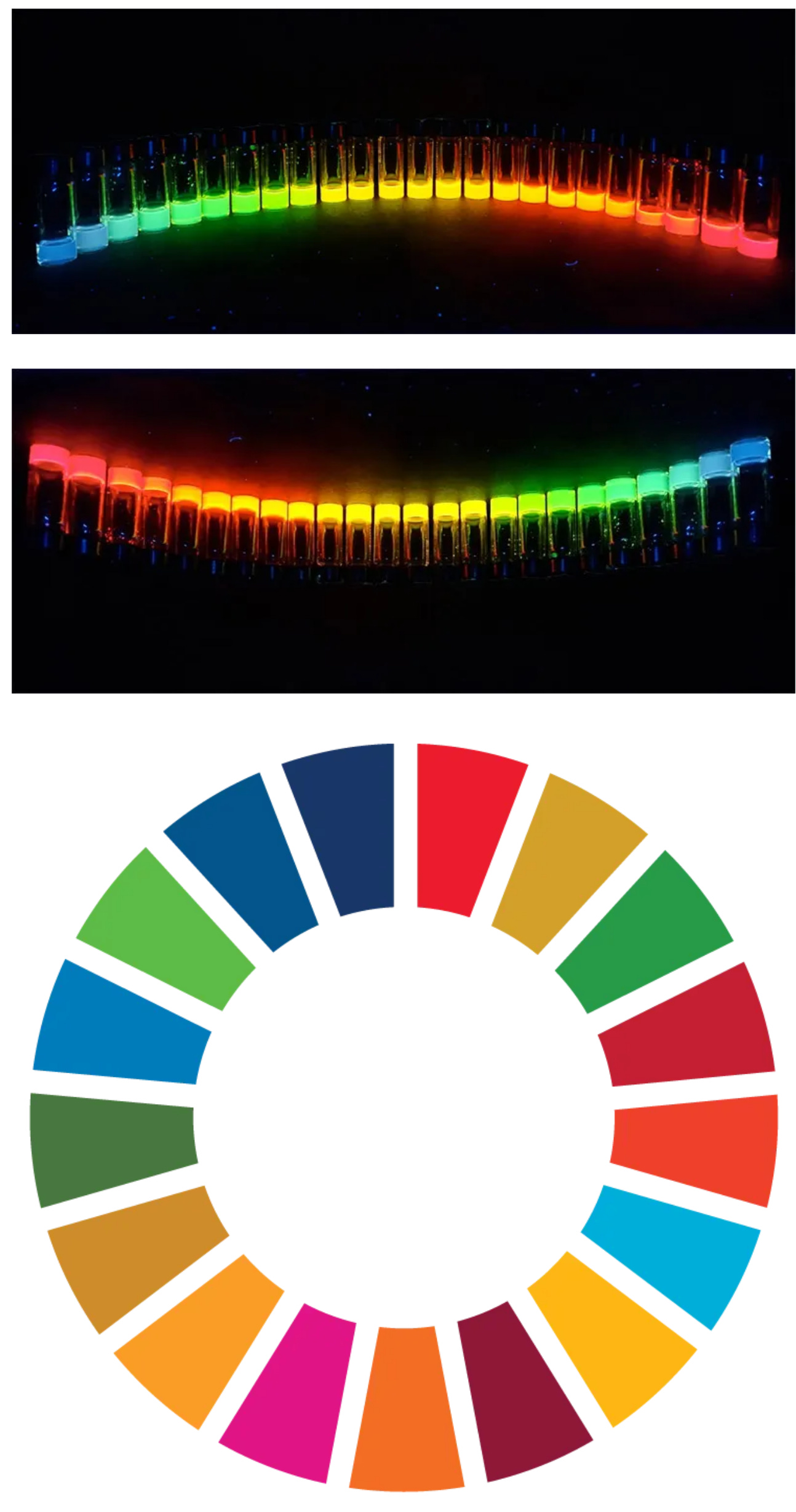
https://zenodo.org/records/5517264 Green Nanotechnology Innovations to Realize UN Sustainable Development Goals 2030
Thanks for reading OUTRAGED’s Newsletter! Subscribe for free to receive new posts and support my work.

It is argued that nanotechnology that is considered a technology of the 21st century can be used to realize thirteen out of seventeen Sustainable Development Goals by 2030. These thirteen SDGs include: Reduce Poverty, Reduce Hunger, Health & Well-Being, Clean Water & Sanitation, Affordable renewable energy, Sustainable Industrialization, Ensure Sustainable Production & Consumption, Combat on Climate Change, Conserve Ocean & Marine Resources, and Protect life on Land.
Findings:
Nanotechnology anticipated as a universal technology has capabilities to solve problems of society at the basic level, comfortable level, and dreamy desirable levels.
Nanotechnology, if not managed strategically and carefully has dangers to human health due to its potential risks of predicted nanotoxicity.
In this paper, we have analysed these potentials challenges of nanotechnology, its strategic management, and developed a model of how green and eco-friendly nanotechnology can be used in many industries to realize these thirteen sustainable development goals and eliminates the threat of the technification of development processes.

Anticipated immortality



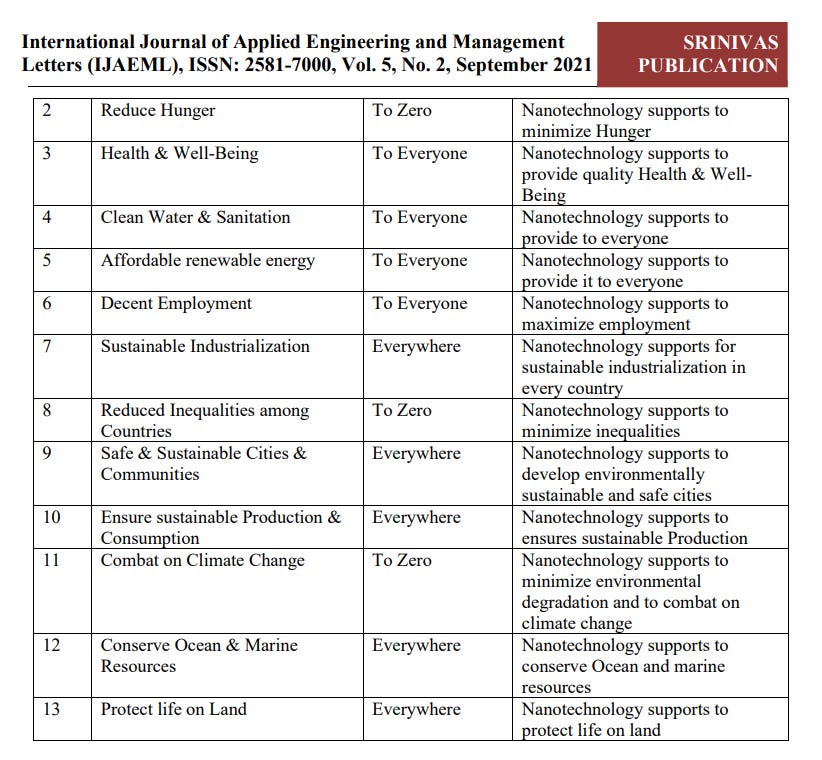
7. OPPORTUNITIES TO REALIZE UN SDG USING GREEN NANOTECHNOLOGY :
Nanotechnology (NT) along with Information Communication and Computation technologies (ICCT) can be used as potential technologies to realize the Sustainable Development Goals. If United Nations promotes nanotechnology research by creating awareness among youths and funding the research in the areas related to SDG adequately, the objectives of the goals can be achieved within the timeframe of 2030. The branches of NT including Nanomaterials Design Technology, Nanomaterial fabrication, Nanomaterials characterization, Nanomechanics technology, Nanoelectronics Technology, Nanophotonics Technology, Nanobiotechnology, and Nanomedicine, are expected to change the rules of development games [36] in many areas including Agriculture & food industry, Drinking water systems [37], Efficient Automobiles [38], Renewable energy systems [39-41], High speed optical computers, Low cost durable shelters, Embedded intelligence, Space vehicles, Health & Medical solutions [42-43], etc in all member countries by 2030. This will allow human beings to become ubiquitous and provides total automated products and services for individuals and hence acts as a pillar of social, technological, and economical transformation [32].
8.2 Postulates through Predictive Analysis: (1) Green nanotechnology innovations support to minimize poverty by solving basic need-based problems of citizens of the countries. (2) Green nanotechnology innovations support to minimize Hunger & thirst by improving the productivity of food grains either naturally or artificially to everyone. (3) Green nanotechnology supports to provide quality Health & Well-Beings to everyone in the entire world by means of finding simple & effective drugs for every disease. (4) Green nanotechnology supports to provide clean drinking water to everyone including plants for long-living through desalination of seawater using renewable energy and moving the clouds to desired locations. (5) Green nanotechnology supports everyone by providing efficient production and storage techniques for solar and winds energy as renewable energy. (6) Green nanotechnology supports the countries to maximize employment by offering research and development of various new and innovative products and services in basic need, advanced wants, and dreamy desire areas thereby creating enhanced job opportunities. (7) Green nanotechnology supports sustainable industrialization in primary, secondary, tertiary, and quaternary industry sectors in every country for sustainable economic growth. (8) Green nanotechnology supports economic development in every country which minimizes the inequalities among the countries. (9) Green nanotechnology supports to develop environmentally sustainable, clean, and safe cities by minimizing water, air, and other environmental pollutions. (10) Green nanotechnology supports to ensures sustainable production by promoting the use of renewable energy and smart materials so that the durability of the products and services are the longest. (11) Green nanotechnology supports to minimize environmental degradation and to combat on climate change of the world. (12) Green nanotechnology supports to conserve ocean and marine resources by controlling the pollution and toxicity in the ocean through solar light and temperature-controlled reactions using suitable nanomaterials. (13) Green nanotechnology supports to protect life on land through minimizing environmental degradation and large-scale sustainable cleaning of already degraded air, and water. It will also control green gas emission and production of toxic materials thereby protecting all life on earth.
10. CONCLUSION:
Nanotechnology being general-purpose universal technology has the potential ability to use as a tool to solve problems and challenges of different levels in society. But it is feared that nanotechnology, if not handled properly with precautions may have potential disadvantages in terms of risks to the health of living beings, environment, social life, and economy of the countries. Green nanotechnology is a concept and practice where all possible environmental threats are taken care of.
It is argued through predictive analysis that green nanotechnology is safe and secured for the environment and suitable & effective technology and has the ability to help to realize thirteen out of seventeen sustainable development (SD) goals of the United Nations within the planned timeframe of 2030.
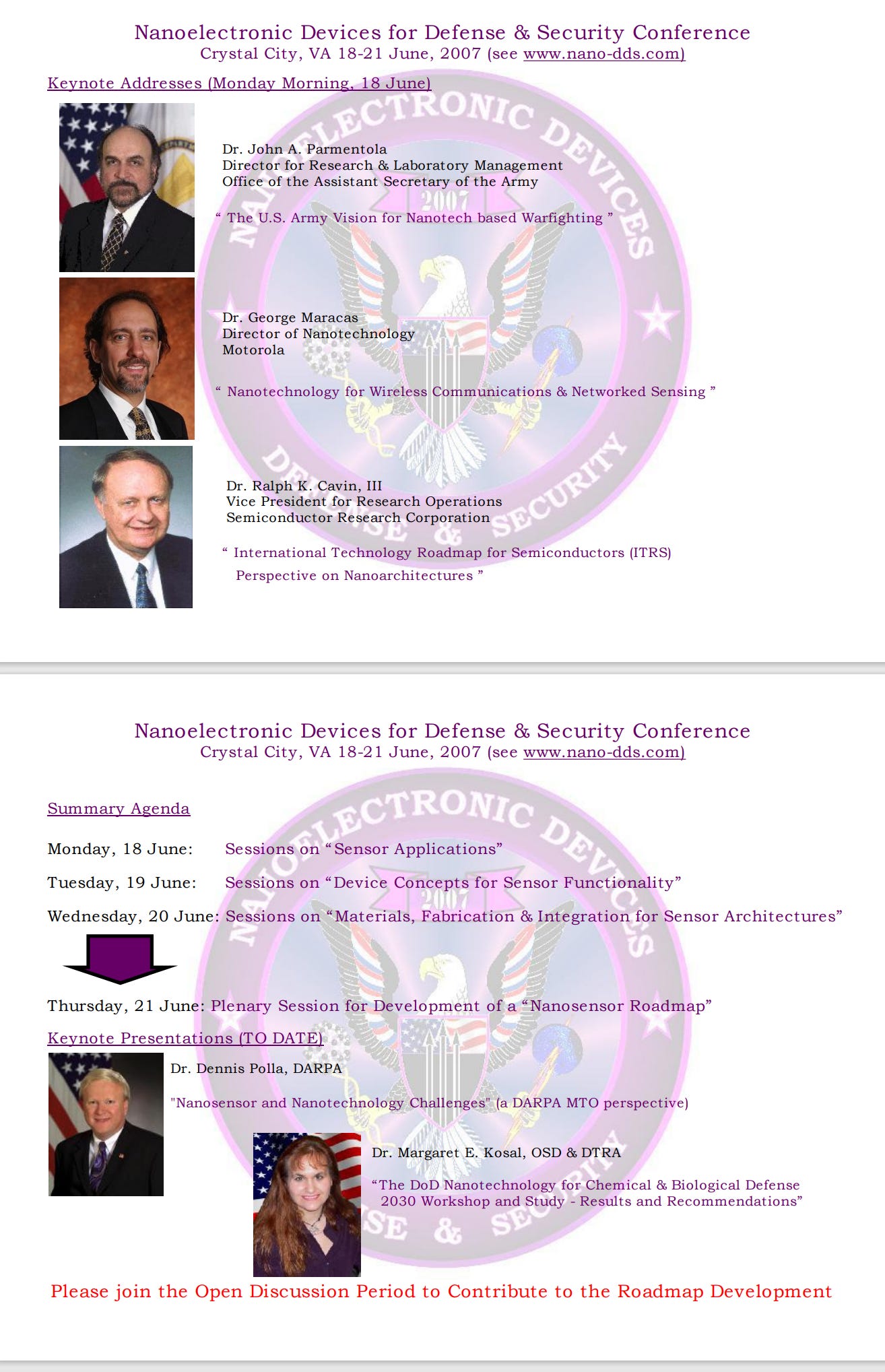

http://fciencias.ens.uabc.mx/webfc/doctos/NANO-DDS-Agenda.pdf

http://web.archive.org/web/20041208064559/http://mems.ku.edu.tr:80/WorkShop/CENGIZ%7E1.pdf




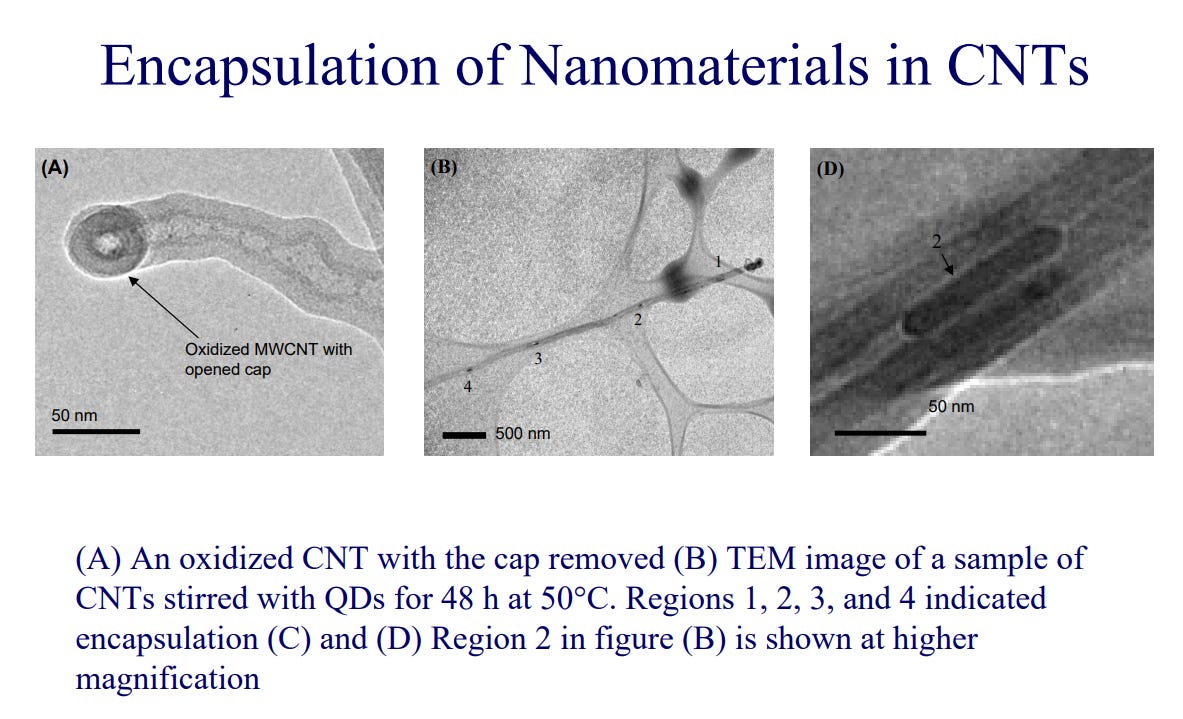


Financial Support
Center for Nanoscience Innovation for Defense (DOD/DARPA) Center for Functional Engineered Nano Architectonics (MARCO-SRC)
http://mems.ku.edu.tr/WorkShop/CENGIZ~1.pdf

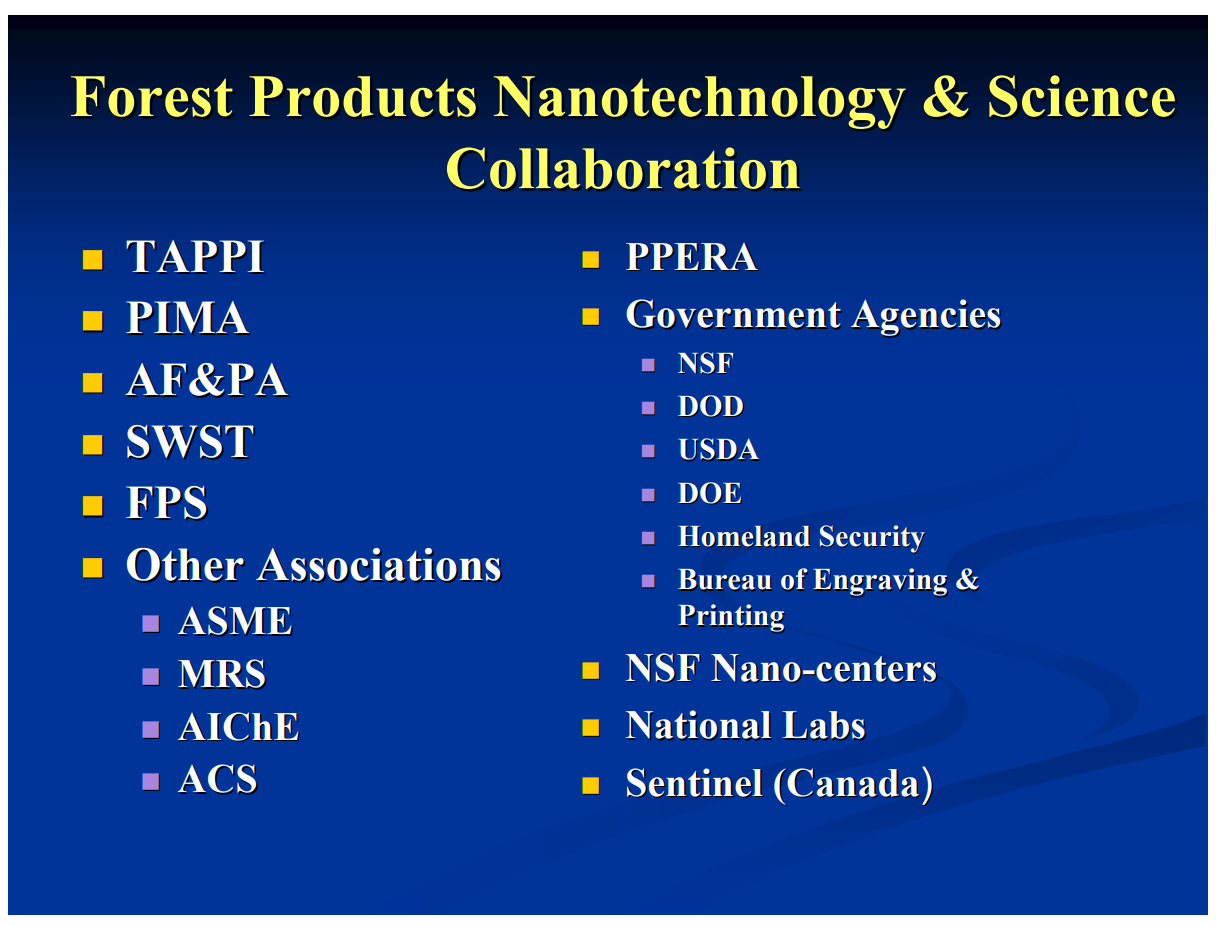



http://www.environmentalgovernance.org/wp-content/uploads/2012/04/Namib-Pitch-Deck.pdf







Similarly, a responsible and precise risk assessment of agrochemicals needs to be established not only at the organism or population level or in terms of dose-response effects, but also by studying toxicological issues at a cellular and intracellular level on organelles, biomolecules, and macromolecules. Furthermore, the integration of life cycle assessment (LCA) to risk assessment methodologies instead of simply combine their results could provide an estimation of ENMs human health impact within LCA and not as a separate tool for LCA, enabling the ruling out of other non-specific impacts [166]
Finally, full accessibility to scientific data and statistics will play a pivotal role in supporting stakeholders and policymakers in developing proper governance in every country.

THEY KNOW THERE ARE RISKS, BUT THEY JUST WENT AHEAD AND THEY DO IT!
THEY’RE HIDING IT FROM THE PUBLIC, JUST LIKE THEY’RE HIDING THE CONTENT OF THESE INJECTIONS AND OTHER “COUNTERMEASURES”!
WHY MOST OF THESE LINKS DO NOT WORK?????????

http://web.archive.org/web/20220119215637/https://undocs.org/pdf?symbol=en/E/CN.16/2019/2 The impact of rapid technological change on sustainable development Report of the Secretary-General
4. This report does not expressly define “rapid technological change.” However, for the purposes of this report, the technologies associated with “rapid technological change” include (but are not limited to): big data; the Internet of things; machine learning; artificial intelligence; robotics; blockchain; three-dimensional printing; biotechnology; nanotechnology; virtual and augmented reality; renewable energy technologies; and satellite and drone technologies.
50. Information and communications technology is now considered to be part of a country’s critical physical infrastructure, which, as an enabling technology, creates synergies with other key technologies such as biotechnology, nanotechnology and advanced manufacturing. Taking advantage of this potential requires investment in basic information and communications technology infrastructure, a reliable energy supply and telecommunication infrastructure, and regulation that ensures a competitive marketplace providing quality, affordability and accessibility.53 For example, in 2016, Chile launched a large-scale project that will spread fibre optic Internet across Chile.54 Peru is planning to develop a national fibre optic network more than 13,000 km long, connecting Lima with 22 regional capitals and 180 provincial capitals.55
http://www.nano.ait.ac.th/nano/2006/Download/Lectures/AT75_12-Nano-%20lect%2002.pdf

http://web.archive.org/web/20060706150120/http://www.nano.ait.ac.th:80/nano/2006/Download/Lectures/AT75_12-Nano-%20lect%2002.pdf Nanoelectronics and the Future of Microelectronics

http://web.archive.org/web/20190604231420/https://ec.europa.eu/health/sites/health/files/scientific_committees/consumer_safety/docs/sccs2016_miwg_029.pdf Scientific Committee on Consumer Safety (SCCS) WG on Nanomaterials in Cosmetic Products
http://wsstp.eu/wp-content/uploads/sites/102/2016/02/WssTP-Newsletter-February-2016.pdf


http://www.cein.ucla.edu/file_uploads/chapter06.pdf

http://web.archive.org/web/20200110050206/http://www.cein.ucla.edu:80/file_uploads/chapter06.pdf
CHAPTER 6
NANOTECHNOLOGY FOR SUSTAINABILITY: ENERGY CONVERSION, STORAGE, AND CONSERVATION
In the next decade, we envision that research in nanoscience and nanotechnology will enable realization of new technologies such as low-cost photovoltaics for solar power generation, new classes of batteries for both transportation and grid-connected energy storage, efficient low-cost methods of converting both solar and electrical energy into chemical fuels, new catalysts and catalyst systems enabling artificial photosynthesis and utilization of CO2 as a feedstock, ultrahigh surface area materials for energy storage, new membranes for applications such as water and gas purification, and improved thermoelectric and electrocaloric devices for more efficient conversion between heat and electricity.

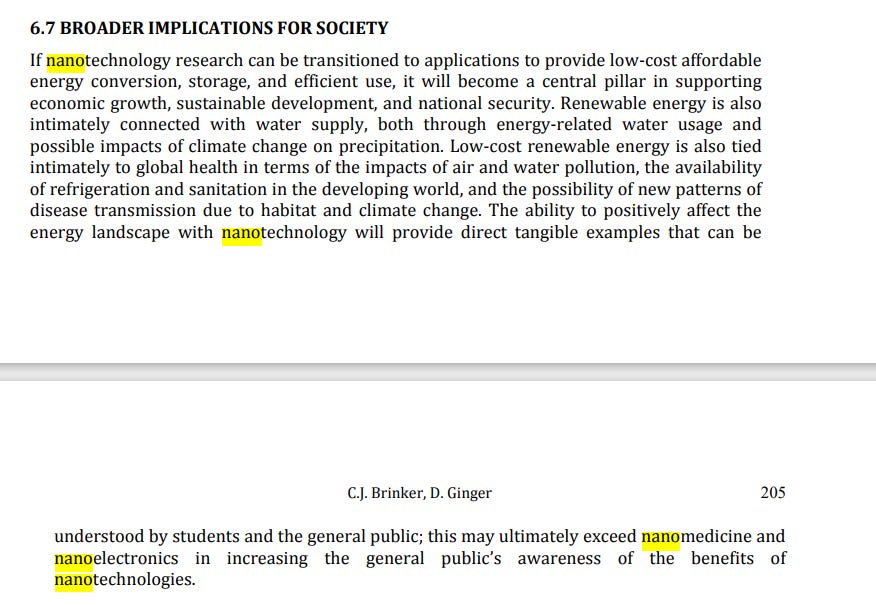


http://www.csiro.au/files/files/pmvd.pdf

http://web.archive.org/web/20090306092507/http://www.csiro.au:80/files/files/pmvd.pdf
The Niche Manufacturing Flagship will ‘support the development of niche manufacturing businesses based on nanotechnology worth in excess of $3 billion per year by 2020’. While work is continuing on developing the Flagship’s research portfolio, it is likely to include research on carbon nanotube technology, medical polymers, advanced sensors and conductive polymers. The Flagship will also take a lead role in assessing and developing responses to the health, safety and environmental impacts of nanotechnology.
WE CAN GO ON AND ON, BUT THE FACT IS THAT THIS NANOTECHNOLOGY IS NOT “GREEN” AND IT IS NOT “SUSTAINABLE”.
IT’S TOXIC. IT’S VERY DANGEROUS. THAT’S WHY PEOPLE DIE AND ARE MAIMED.
IT IS ALSO TOXIC TO OUR NATURE, TO OUR ENVIRONMENT!
Thanks for reading OUTRAGED’s Newsletter! Subscribe for free to receive new posts and support my work.”
Leave a Reply